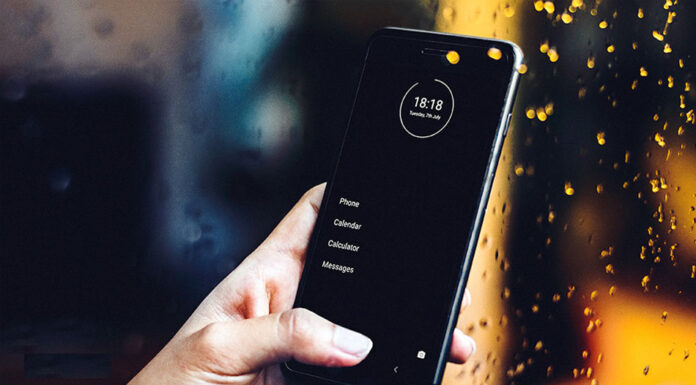Table of Contents
In our fast-paced world, where everyone’s attention is always darting around, visual storytelling stands out as a magnetic force.
In this blog post, we’ll delve into the nuances of visual storytelling, exploring how graphic design from the likes of Pixelo Design can breathe life into narratives, engaging and resonating with audiences on a profound level.
The Essence of Visual Storytelling
Visual storytelling is an art form in its own right. It’s about weaving a tale not just with words but through a tapestry of images, colours, and design elements. This unique form of storytelling creates a language that everyone can understand, touching on universal emotions and experiences. It’s like seeing a story come to life, where every image adds depth and emotion that words alone might not capture.
The Marriage of Words and Images
In the world of graphic design, words and images come together in a beautiful dance. It’s about finding the perfect font that sets the mood, arranging text in a way that flows like music, and creating a synergy between words and visuals. This isn’t just about looking good – it’s about crafting an experience that draws the viewer in, guiding them on a journey that’s both immersive and unforgettable.
Evoking Emotion Through Design
One of the remarkable aspects of visual storytelling is its ability to evoke emotion. A well-crafted design can make us feel joy, sadness, excitement, or nostalgia. Think about iconic logos that trigger a sense of familiarity or advertisements that tug at our heartstrings. Graphic design, when done with intention, has the power to connect with people on a deeply emotional level, leaving a lasting impression.
The Psychology of Color and Form
Colours and shapes are not arbitrary choices in graphic design; they are deliberate tools that influence perception and emotion. The psychology of color is a fascinating aspect of visual storytelling. Warm hues like red and orange can evoke passion and energy, while cooler tones like blue and green may convey calmness and serenity. The interplay of shapes adds another layer, influencing how we interpret and respond to visual stimuli.
Creating a Visual Hierarchy
In the sea of information bombarding us daily, creating a visual hierarchy is crucial for effective storytelling. A well-structured design guides the viewer’s eye, leading them through the narrative with intention. From the headline that grabs attention to the subtle details that unfold upon closer inspection, every element plays a role in shaping the viewer’s journey.
Storytelling Across Platforms
As we navigate the digital landscape, visual storytelling takes on new dimensions. From social media platforms to websites, each channel demands a unique approach. The power of a well-designed infographic to convey complex information swiftly or the use of interactive elements that invite user participation – graphic design adapts to the ever-changing ways we consume and interact with content.
Balancing Simplicity and Complexity
In the pursuit of visual storytelling, finding the delicate balance between simplicity and complexity is an art form. Too much complexity can overwhelm, while excessive simplicity may fail to engage. The challenge lies in distilling a narrative to its essence, and presenting it in a visually compelling way that resonates with the audience. It’s about knowing when to amplify and when to simplify.
Real-world Impact
From iconic brand revamps that rejuvenate public perception to grassroots campaigns that ignite social change, graphic design is a potent force in shaping narratives.
The Personal Touch in Design
Behind every graphic design project is a human touch – the creative minds who translate ideas into visual language. Whether it’s a freelance designer infusing their unique perspective or a collaborative effort within a design team, the personal touch adds authenticity to the narrative. It’s about understanding the human experience and translating it into a visual language that speaks to the heart.
Tools of the Trade: Software and Beyond
In the digital age, graphic design is facilitated by a myriad of tools and software. From Adobe Creative Suite to Canva, designers leverage technology to bring their visions to life. However, the essence of visual storytelling goes beyond software. It’s about honing the craft, understanding design principles, and, most importantly, tapping into the human element that breathes life into pixels and vectors.
Conclusion: Unleashing the Power of Visual Narratives
In the realm of graphic design, visual storytelling is not a mere embellishment; it’s the beating heart of communication. As we navigate this visual landscape, let’s appreciate the profound impact of a well-crafted design, one that transcends pixels and resonates with the human experience. In every stroke of the brush, every choice of color, and every carefully curated element, we find the power to craft narratives that captivate, inspire, and endure.















